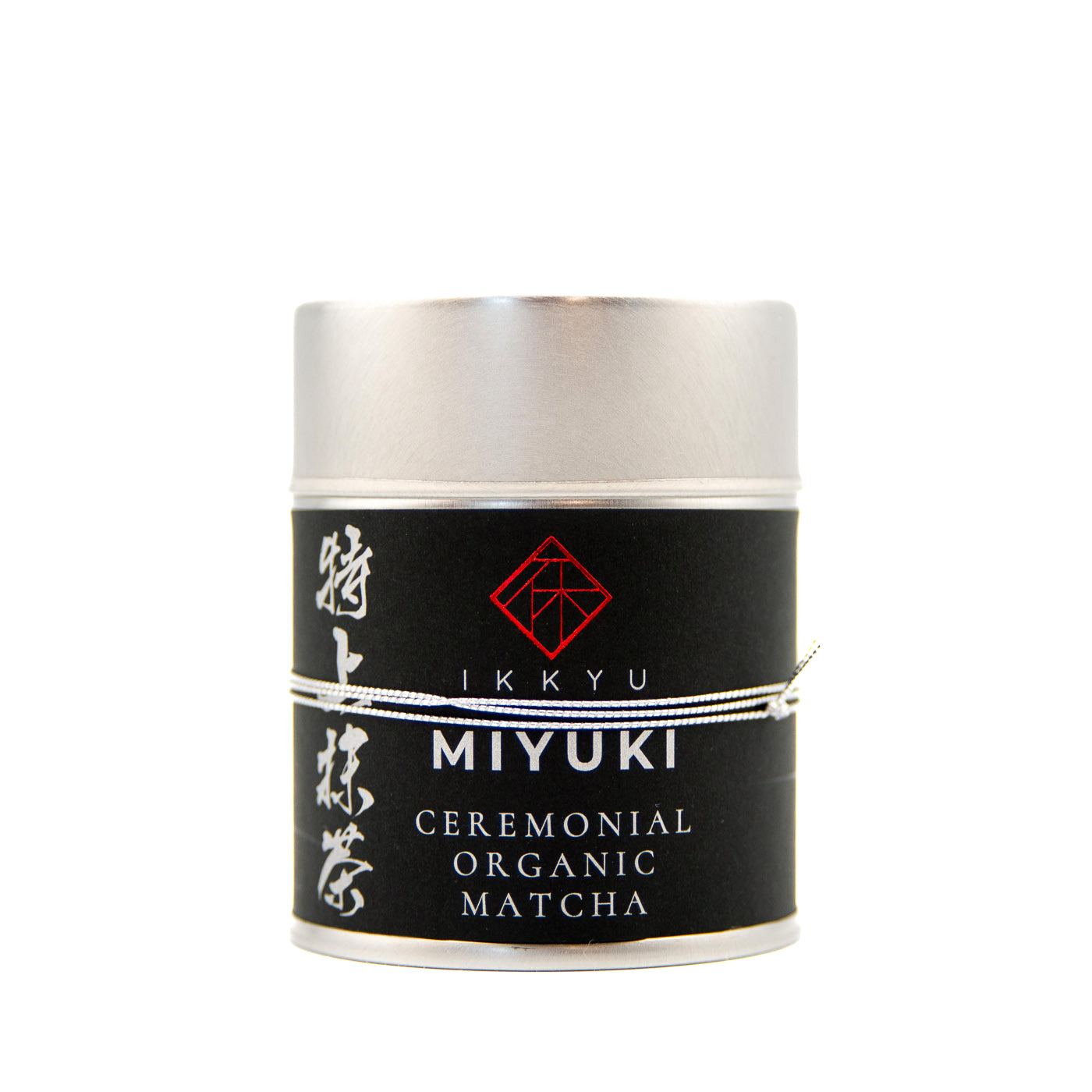TEA CEREMONY IN CHIRAN, KAGOSHIMA PREFECTURE
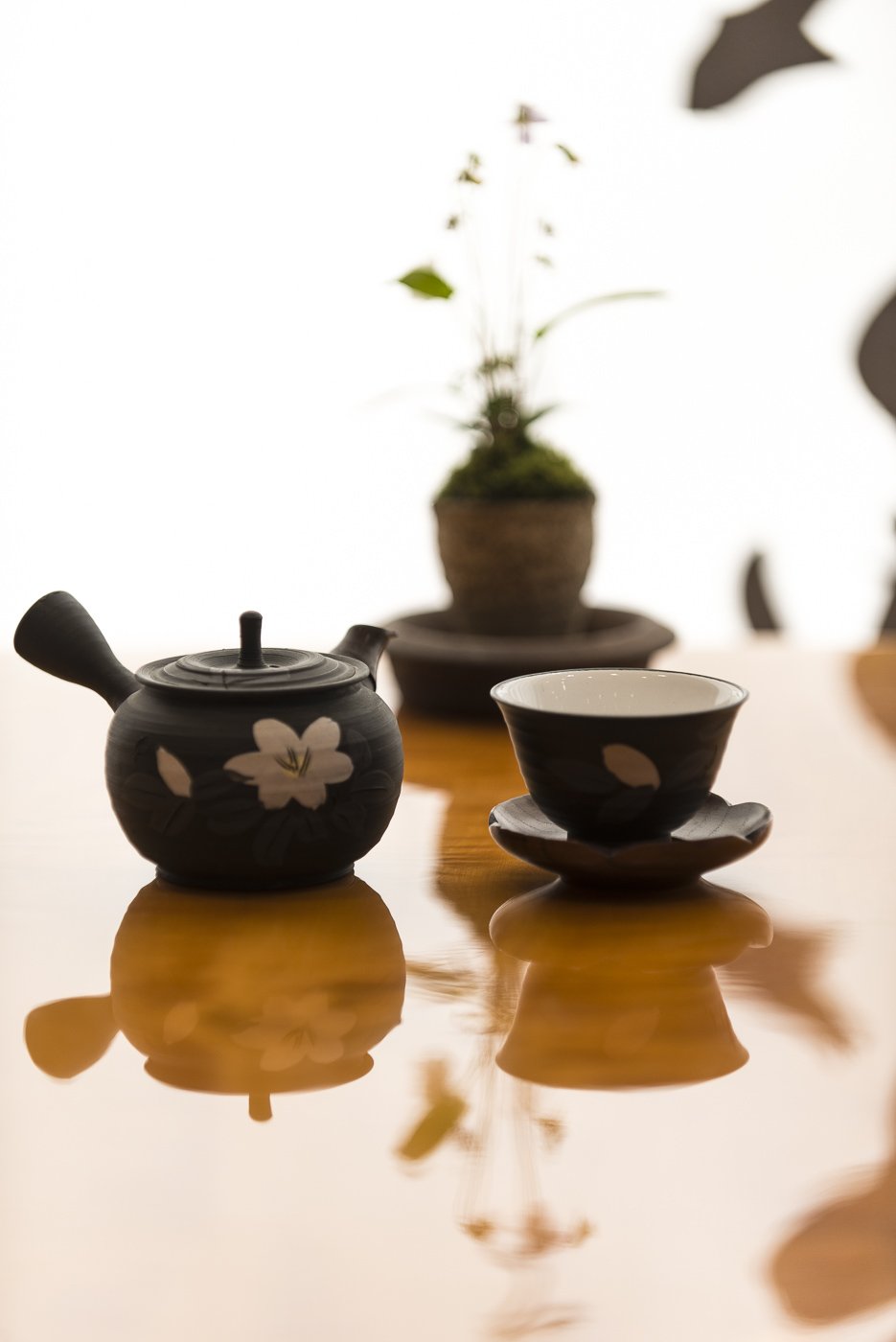
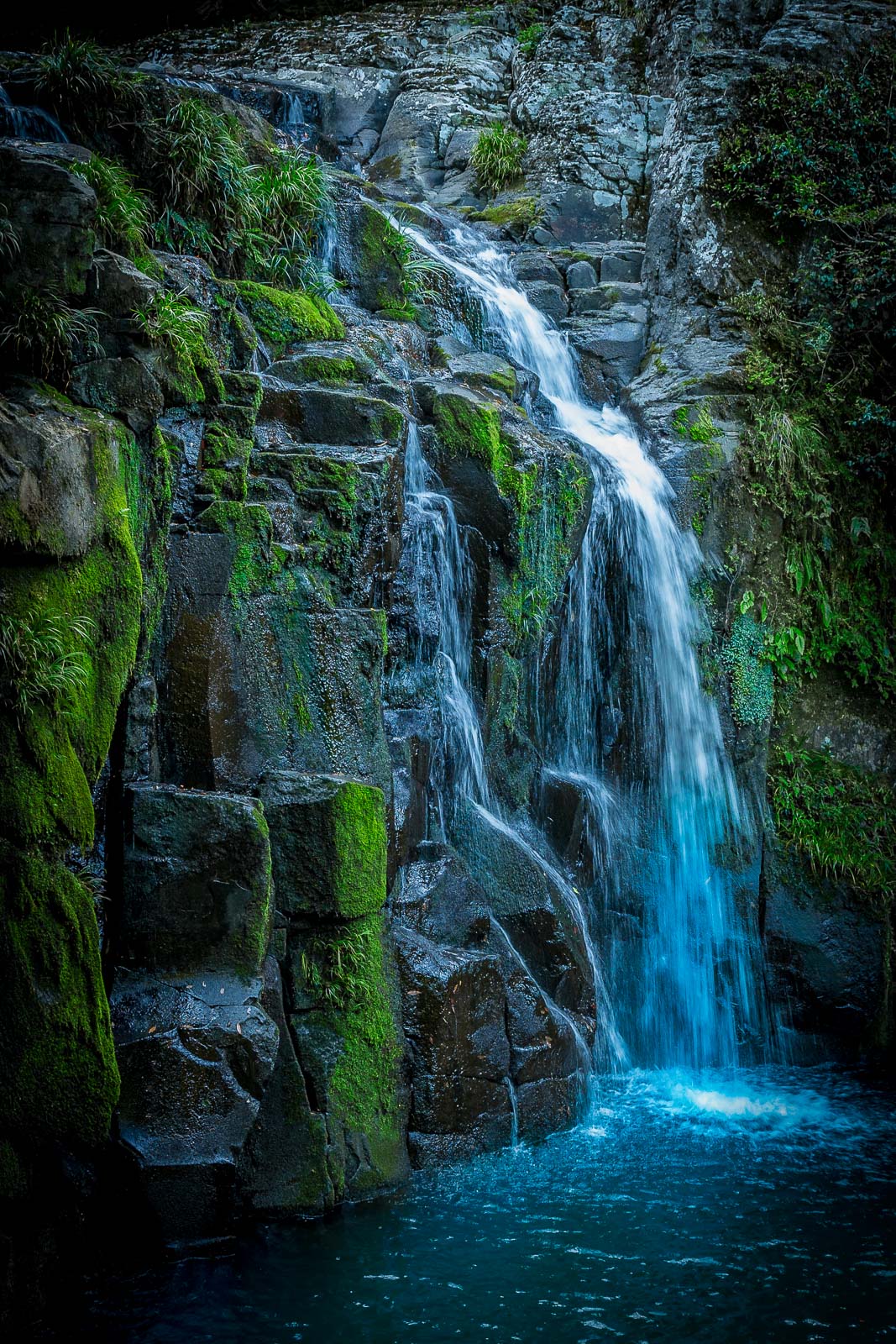
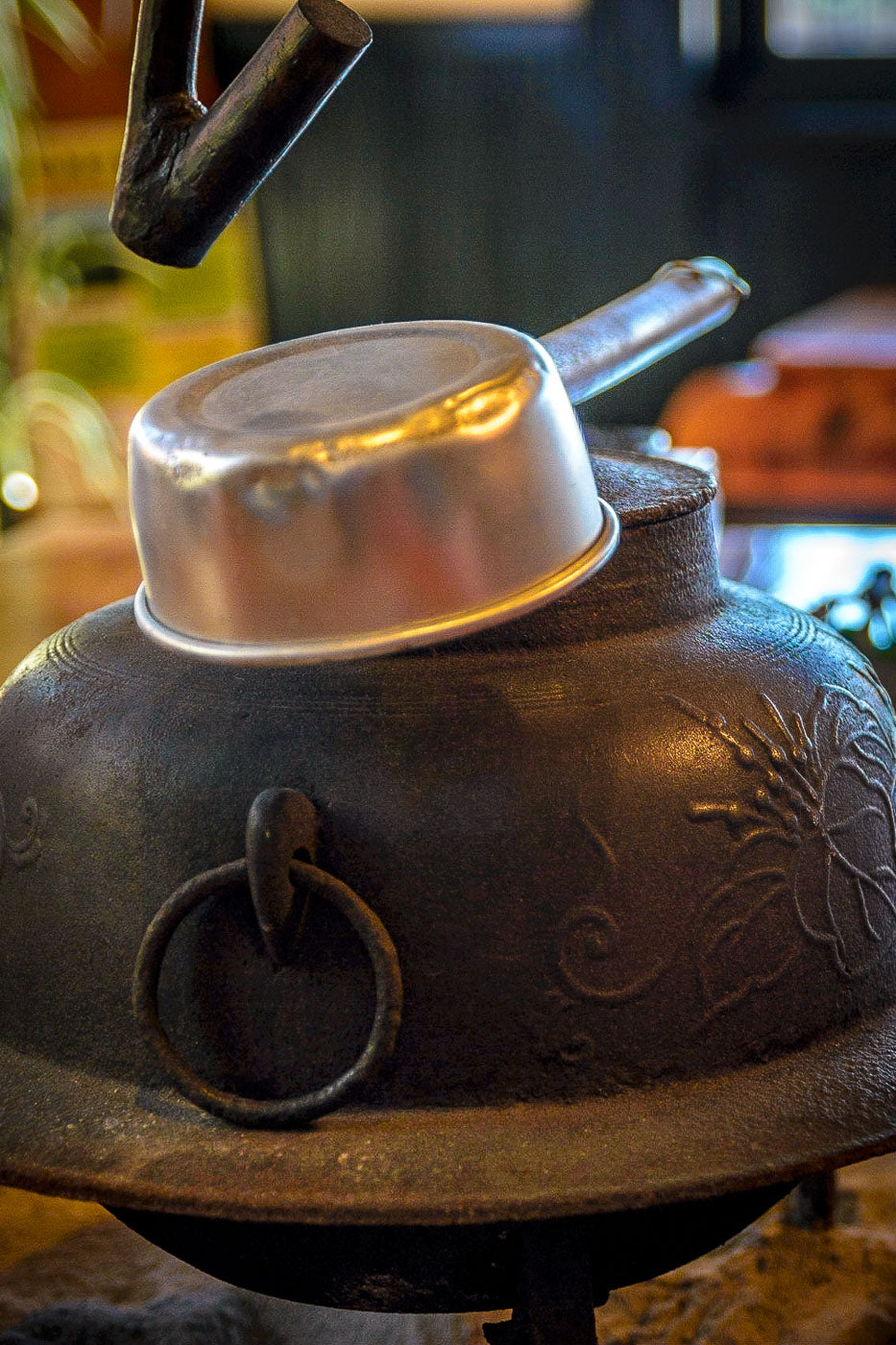
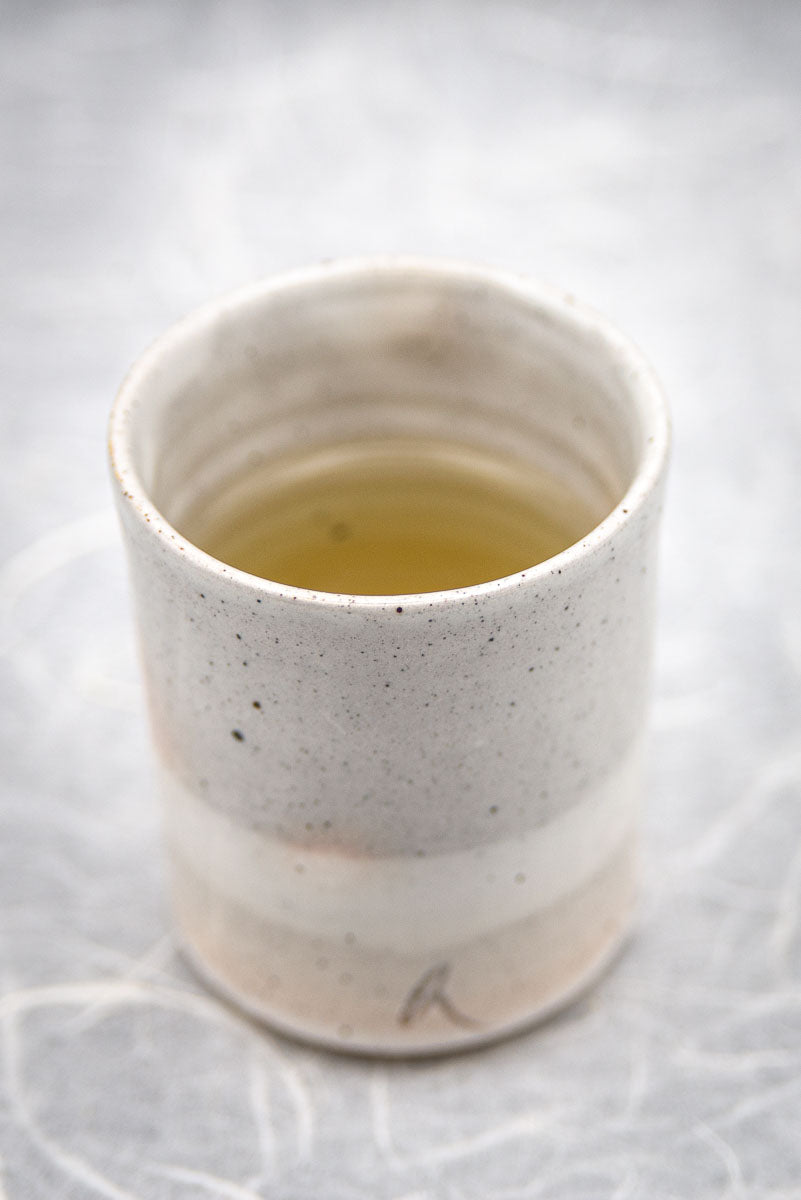
BREWING PROCESS BY TEA TYPE
General Guidelines
You can find here below the general guidelines for brewing several types of green-teas that you can find at IKKYU. For detailed instructions, rest assured, as we provide the exact brewing temperatures and timing for each and every tea we sell.
We ask all our tea partners to share with us their ideal instructions for their teas. You can of course change these if you feel like it's a bit too strong by either lowering the temperature or reducing the brewing time. It is not recommended to increase the temperature as it will also add bitternes to your tea.
Traditional Brewing Method
For 2 servings (two cups):
- Put 2 tablespoons of leaves in your teapot (8 to 10g/ 0.28 to 0.35 oz) that should have a filter mesh. Correct amount of water for about 10g of gyokuro is 30 to 60ml /1 to 2 fl oz.
This small amount of water will provide a very concentrated taste that is the true essence of gyokuro. Generally speaking, gyokuro requires using double the amount of leaves that sencha does. - Boil water for a few minutes. Water should be as alkaline as possible. Allow it to cool down to 50º ~ 60ºC (122 F ~ 140 F). This is where most mistakes are made since this is much lower than for sencha. You can use the teacup transfer method (mawashi tsugi) : using 3 teacups, pour boiling water into the first, wait a minute, then transfer it to the second, and then to the third. Each cup transfer will lower the temperature of about 10ºC.
- Pour the water from the last cup into the teapot, close the lid and wait for 2 to 3 minutes (depending on your personal taste). Do not stir. Slowly pour tea into the teacup(s), a little at a time until the last drop.
A high quality gyokuro can be rebrewed 3 to 5 times. Seeping time should be halved after the first brew.
Traditional Brewing Method
Matcha is prepared in a very different way compared to the other kinds of Japanese tea. Along with a measuring cup and thermometer, you will need the following utensils: a matcha bowl (Chawan), a bamboo matcha whisk (Chasen), and a bamboo matcha scoop (Chashaku).
- Preheat the matcha bowl by filling it about 1/3 full with hot water. Then place the whisk facing down into the hot water to wet the tips of the prongs (only). Once the bowl has been thoroughly preheated, empty out the water and dry the bowl out preferably with a cloth. Set the whisk aside and then measure out 70ml of hot water for making thin matcha, or 40ml for a thick matcha into a measuring cup and leave it to cool.
- Use the scoop to measure the matcha powder, about 2 scoops for a thin matcha (2g)or 3-4 scoops for a thick matcha and place it into the bowl.Sifting the matcha prior to measuring out the matcha is highly advisable to remove any clumps of powder.
- Once the water drops to 70°C-80°C, pour it into the matcha bowl. Take the whisk in one hand and hold the rim of the matcha bowl with your other hand.For thin matcha, whisk the matcha briskly in a "W" motion until the matcha has a thick froth with many tiny bubbles on the surface. For thick matcha, the idea is to avoid making a frothy consistency. The resulting matcha should be reasonably thick, smooth and without froth.
Traditional Brewing Method
For 2 servings (two cups):
- Put 6 g to 8 g (about 0.21 - 0.27 oz) of leaves in your teapot (with a filter mesh).
- Boil water for a few minutes. Correct amount of water for this quantity of sencha is 120 -160 ml /4.0 - 5.41 oz. Water should be as alkaline as possible. Allow it to cool down to 70°- 80°C (158 °F ~ 176° F) into the empty tea cups.
- Pour the water from the cups into the teapot, close the lid and wait for 60 to 90 seconds (depending on your taste). Do not stir. Pour small amounts of tea into each cup at a time and go around until the very last drop.
Note: Sencha can be brewed up to 3 times. You can slightly increase the temperature from the second pot and shorten the brew time. The taste will get less and less strong with each brewing.
You can use the teacup transfer method (mawashi tsugi): using 3 teacups, pour boiling water into the first, wait a minute, then transfer it to the second, and then to the third. Each cup transfer will lower the temperature of about 10ºC.
Traditional Brewing Method
For 2 servings (two small cups):
- For 2 servings (two cups): Put 8 g (about 0.21 oz) of leaves in your teapot (with a filter mesh).
- Correct amount of water for this quantity of kabusecha is 120 - 160 ml/4.0 - 5.41 oz. Pour the near boiling water into the empty cups and allow the water to cool down to 70°C (158 °F) in the empty tea cups.
To do so, you can use the teacup transfer method (mawashi tsugi): Using 3 teacups, pour boiling water into the 1st, wait a minute, then transfer it to the 2nd, and then to the 3rd. - Pour the water from the cups into the teapot and allow the tea to brew for 60 seconds, with the lid on. Do not stir, shake or mix.
Pour small amounts of tea into each cup at a time and go around until the very last drop.
Kabusecha can be brewed up to 3 times, at the same water temperature, with a longer brewing time.
Traditional Brewing Method
For 2 servings (two cups):
- Put 6 g (about 0.21 oz) to10g (about 0.35 oz) of leaves in your teapot (with a filter mesh).
- Boil water for a few minutes. correct amount of water for this quantity of kamairicha is 120-160 ml/5.41 oz. Water should be as alkaline as possible.
Allow it to cool down to 70°- 80°C (158 °-178°F) by pouring it into the empty tea cups (some kamairicha can be brewed at 90°C (194°F)). Please refer to the product description. - Pour the water from the cups into the teapot and allow the tea to brew for 60 seconds, with the lid on. Do not stir, shake or mix.
- Pour small amounts of tea into each cup at a time and go around until the very last drop.
Kamairicha can be brewed up to three times, using higher water temperatures.
Traditional Brewing Method
For 2 servings (two cups):
- Put 8 g (about 0.28 oz) of leaves in your teapot (with a filter mesh).
- Boil water for a few minutes. correct amount of water for this quantity of kamairicha is 160-200 ml/ 5.41 to 6.76 oz. Water should be as alkaline as possible.
Allow it to cool down to 70°- 80°C (158 °-178°F) by pouring it into the empty tea cups - Pour the water from the cups into the teapot and allow the tea to brew for 30 seconds at 80C or 60s at 70C, with the lid on. Do not stir, shake or mix.
- Pour small amounts of tea into each cup at a time and go around until the very last drop.
Tamaryokucha can be brewed up to three times, using the same water temperature.
Traditional Brewing Method
For 2 servings (two cups):
- Put 8 g (about 0.27 oz) of leaves in your teapot (with a filter mesh).
- Boil water for a few minutes. Correct amount of water for this quantity of shiraore is 180 - 200 ml /6.0 - 6.76 oz. Allow it to cool down to 70°- 80°C (158 °-178°F) by pouring it into the empty tea cups
- Pour the water from the cups into the teapot, close the lid and wait for 60 seconds. Do not stir. Pour small amounts of tea into each cup at a time and go around until the very last drop.
Note: Shiraore can be brewed up to 3 times. You can slightly increase the temperature from the second pot and shorten the brew time. The taste will get less and less strong with each brewing.
Water should be as alkaline as possible.
Traditional Brewing Method
For 2 servings (two cups):
- Put 6 g (about 0.21) of leaves in your teapot (with a filter mesh).
- Boil water for a few minutes. Correct amount of water for this quantity of genmaicha is 200ml /4.0 - 5.41 oz.
- Pour the water into the teapot, close the lid and wait for 60 to 90 seconds (depending on your taste). Do not stir. Pour small amounts of tea into each cup at a time and go around until the very last drop.
Water should be as alkaline as possible.
Traditional Brewing Method
For 2 servings (two cups):
- Put 4g (about 0.14 oz) of leaves in your teapot (with a filter mesh).
- Boil water for a few minutes. Correct amount of water for this quantity of sencha is 160 ml / 5.41 oz. Water should be as alkaline as possible. Allow it to cool down just a bit to 95°C (203° F) into the empty tea cups.
- Pour the water from the cups into the teapot, close the lid and wait for 2 to 3 minutes (depending on your taste). Do not stir. Pour small amounts of tea into each cup at a time and go around until the very last drop.
Note: Koucha can be brewed up to 3 times. You should shorten the brew time to 30s. The taste will get less and less strong with each brewing.

